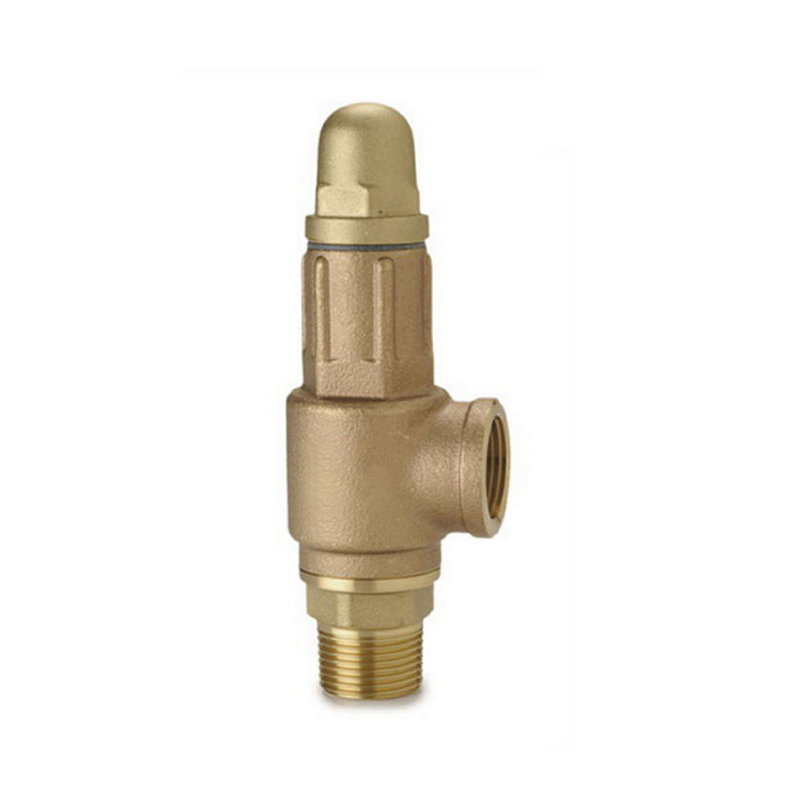The Relief Valve is a general-purpose valve that uses the force of the elastic element and the action of the mechanical device to maintain the medium pressure within a certain range for protection.

The
Universal Valve consists of an actuator (also known as a control mechanism) composed of diaphragms, pistons or levers, a positioner connected to the adjusting screw, and an exhaust port connected to the housing; the function of the Universal Valve is When the equipment fails, it can automatically remove the gas to prevent the accident from expanding.
1. Structural principle
(1) The working principle is to use the high-pressure steam in the main cylinder to push the piston to reciprocate and drive the connecting rod to turn the crank to open and close the valve flap to achieve the purpose of cutting off the air source; its advantage is that the action is fast and reliable and is not affected by temperature. However, the disadvantage is that it is not easy to maintain the tightness; therefore, it is often used in low-pressure systems; in addition, because of its simple structure, easy to manufacture and low price, it is widely used in metallurgy, mining, chemical petroleum and other industries as the opening and closing check of equipment. use.
(2) The structure is a closed system composed of cylinder head plate handwheel handle flange bolt adjustment washer and packing, and the valve body can be opened and closed by rotating the handwheel up and down.
2. Main purpose
The Relief Valve is suitable for a variety of fluid pipelines such as water, gas, air, oil, etc., as a stop valve or
Gate Valve that cuts off the flow of media in the pipeline.
3. Installation location
The Relief Valve is installed at any position in the horizontal pipeline, and can be installed indoors or outdoors.
4. Performance characteristics
The Relief Valve is made of all copper castings, which has the characteristics of small size, light weight, corrosion resistance, high temperature resistance, wear resistance and long service life.
5. Technical requirements
1) The nominal diameter is DN50~300mm.
2) Operating temperature range -20°C to +80°C.
3) The applicable medium of the Relief Valve can be natural gas, liquefied petroleum gas, city gas, artificial gas, liquefied ammonia, gasoline, diesel, benzyl alcohol, acetone, ethanol, ethyl ether, acetate, flammable liquid vapor, and other chemicals with similar properties.
4) The allowable leakage is 0-1.5 times the rated flow value.
5) Emission Standard GB12459-90 "Special Requirements for Universal Bellows Thread Locking Sleeve Joints".
6) Key points of design and selection Determine the size of the Universal Valve caliber according to the actual working conditions of the controlled system.



